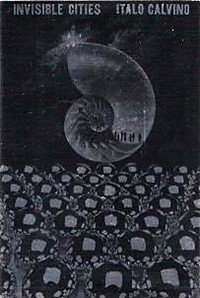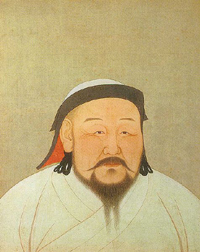 | Description: Italo Calvino's Invisible Cities has inspired many writers, architects, artists and academics, with its powerful description of imaginary cities, recounted by the 13th century Venetian merchant Marco Polo in a dialogue with an aging Kublai Khan (Great Khan of the Mongols). The involvement of the real historical figures in this fictitious dialogue full of descriptions of extraordinary and mysterious cities, provides the reader a fascinating account of urban landscapes going back and forth between reality and imagination. This assignment involves choosing one of the cities described in Italo Calvino's Invisible Cities, and visualizing, re-presenting/representing it. The choice of media is part of the creative process, you are free to use any material, any technology, any medium from simple illustrations of cities or paper collages to video footage and sound recordings. Your presentation should involve some combination of textual and visual material (in the form of an illustrated book, a poster, a collage, a 3-D model, a wiki page etc). Either incorporated into the work or separately you should have at least 2-3 paragraphs of text. Due: on Monday September 28th, by 5 pm (to post on the wiki in Student Projects page |
 | Inspirational Resources: There is an Invisible Cities edition with twelve drawings of sites and artifacts by artist Wayne Thiebaud (by Arion Press). Artist Wayne Thiebaud contributed twelve drawings of cities and objects that would be invisible until the reader turns the page. Andrew Hoyem designed the book with drawings printed on transparent sheets in different colors of inks, each matching the color of the following sheet. This includes nine colored sheets plus two black sheets interspersed throughout the book as backgrounds for eleven of the drawings. The twelfth and final drawing is printed in silver grey, camouflaged against the aluminum back cover. The images are revealed only when the transparent sheet is turned back over onto the preceding page, which is a white sheet with printed text on it. This allows the drawing and the words to read together. One copy can be seen at Brown's John Hay Library. |
